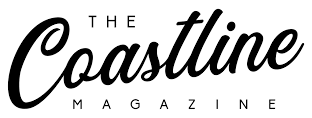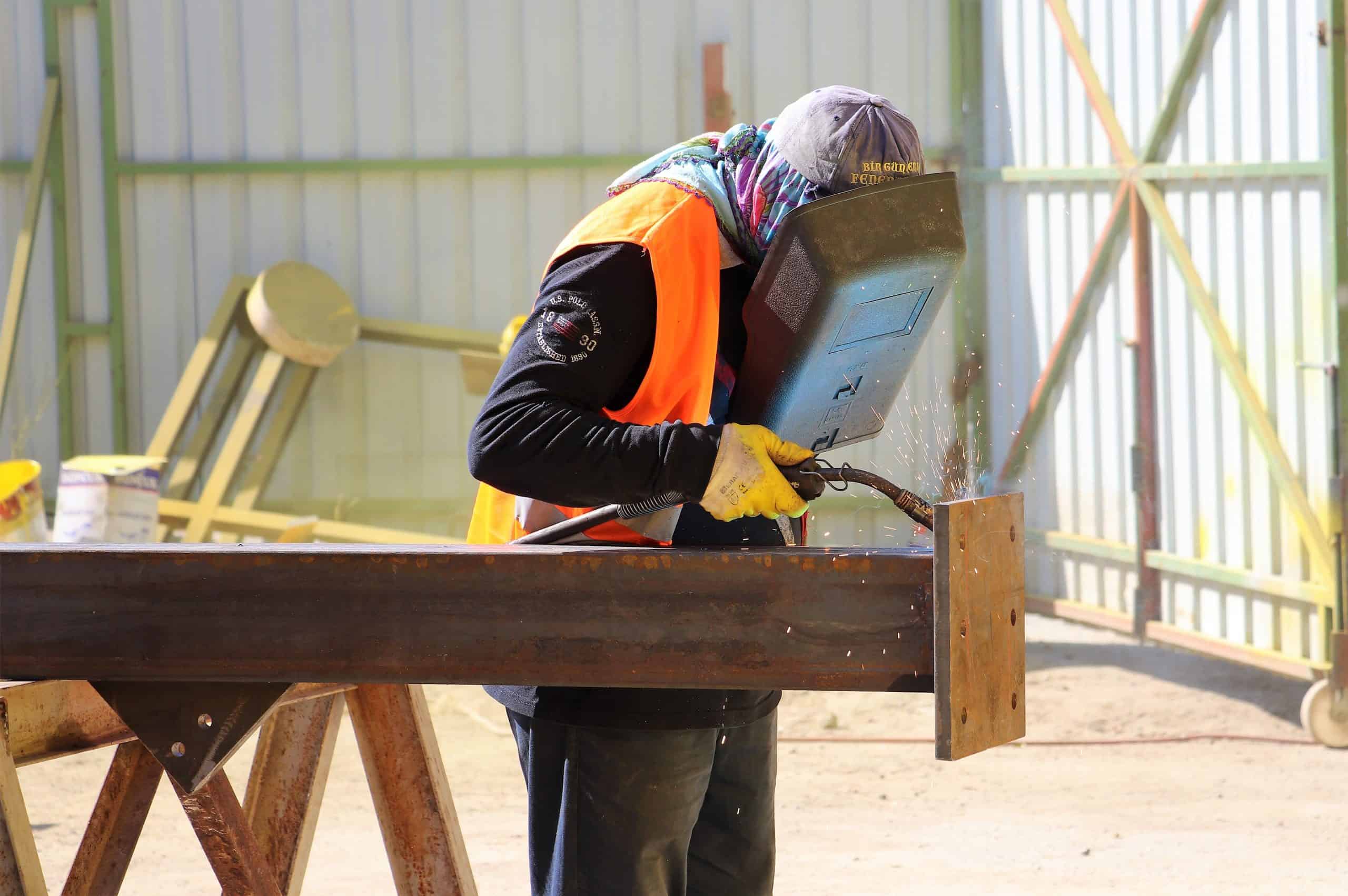Construction sites can be buzzing with activity. Cranes swinging, tools banging, workers shouting over engines—it’s a noisy, messy and often dangerous place to be. And that’s without the rain and mud making things extra tricky.
Despite all the hustle, safety can’t take a back seat. In fact, it should ride shotgun.
Every day, workers face risks that can cause serious harm. Some are obvious, like working on scaffolds. Others hide underground or sneak in unnoticed, like slippery walkways or faulty machinery.
This blog isn’t about scaring anyone. It’s about staying safe. It’s also about being smart—knowing where accidents tend to happen and how to stop them before they do. No one wants paperwork, fines or worse, someone getting hurt.
Let’s take a look at some of the most common hazards on construction sites. And, more importantly, how to steer clear of them.
1. Dig First, Regret Later: The Hidden Danger Underground
Not all hazards on a construction site are out in the open. Some are buried deep, just waiting to be disturbed. We’re talking about underground cables, pipes and gas lines.
It might look like just soil, but beneath the surface lies a tangled mess of services. Hitting one of them can be more than just inconvenient. It can be fatal.
Digging without a plan is a gamble. Striking a power cable could lead to an electric shock. Damaging a gas main? That’s a whole other level of risk.
Before anyone breaks ground, they need the right info. Site plans, service drawings, utility contacts—all of it. But that’s not enough. Workers also need to know what to look for and how to spot warning signs.
That’s where Underground Services Training comes in. It gives crews the know-how to identify buried services and avoid costly mistakes.
Let the digger idle. Train first. Then dig smart.
2. Working at Height: A Long Way Down
Falls from height top the charts when it comes to construction injuries. One wrong step can change everything.
It might be a wobbly ladder, a missing guardrail or scaffolding that’s not quite right. Whatever the cause, the result can be a long fall and a hard landing.
The worst part? Most of these accidents are avoidable.
Safe working platforms, secured ladders, proper PPE—it all matters. So does checking equipment before use. If it’s damaged or dodgy, it’s not worth the risk.
Regulations like the Work at Height Regulations 2005 exist for a reason. They’re not just red tape. They’re there to protect lives.
The golden rule? Never take chances up high. One slip is all it takes.
3. Slips, Trips and the Not-So-Grand Fall
It’s not always the big hazards that cause the most chaos. Sometimes it’s the smaller stuff—wet floors, stray cables and tools left lying around.
Slips and trips are everywhere. Add in the unpredictable British weather and you’ve got a recipe for disaster.
A sudden downpour turns walkways into mudslides. Loose gravel? That’s a twisted ankle waiting to happen. And don’t even start on those uncovered holes or trenches.
Housekeeping might not sound exciting, but it’s a game-changer. Keeping walkways clear, using proper lighting and marking hazards makes a massive difference.
High-vis signs, warning tape and anti-slip mats go a long way. So does common sense. If something looks dodgy, fix it or flag it.
Simple changes. Big results.
4. Machinery Mayhem: Watch Your Back
Big machines make big jobs easier. But they also come with big risks.
Cranes, diggers, dumpers—they’re powerful but not always predictable. One wrong move and someone could get crushed, pinned or worse.
Sometimes it’s about poor visibility. Sometimes it’s a lack of training. And sometimes it’s just a rushed job.
Pedestrian routes and vehicle paths should never overlap. Clear signage, barriers and good communication are key. So are mirrors, cameras and spotters—especially when reversing.
Wearing high-vis might not win style points, but it helps keep everyone seen and safe.
Then there’s maintenance. Machines need regular checks. Loose bolts or faulty brakes can spell trouble fast. Don’t wait for something to break. Get it checked, fixed and double-checked.
On a site full of moving parts, staying alert could be the one thing that keeps everyone going home in one piece.
5. Fire Risks: When Sparks Fly
Construction sites are packed with fire hazards. You’ve got flammable liquids, exposed wiring, gas canisters and a whole load of timber. Then throw in a bit of welding or grinding and things can heat up fast.
Fires don’t need much to start. Just the right mix of fuel, oxygen and a spark. Once flames get going, they spread like wildfire—literally.
That’s why fire safety plans should never be a last-minute thought. Sites need fire extinguishers where they’re easy to grab. They need escape routes that aren’t blocked by gear or fencing. And most importantly, they need workers who know what they’re doing when using tools that throw sparks.
Anyone cutting metal, welding beams or using blowtorches should know the drill. Hot works training teaches teams how to manage risks, keep an eye out for ignition points and never walk away from a job before checking it’s safe.
Because on a busy site, even one stray spark can change everything.
6. Noise and Vibration: The Silent Damage
Some dangers don’t knock you over. They sneak up on you.
Loud machinery and constant drilling might seem like just part of the job, but over time, they take a toll. Ringing ears, buzzing hands, numb fingers—these aren’t just annoying. They’re warning signs.
Hearing loss and vibration injuries don’t happen overnight. But once they do, there’s no quick fix.
The fix is early action. Wearing ear defenders. Rotating jobs so no one gets exposed for too long. And picking quieter tools when possible.
If something feels off—tingling, numbness or pain—it’s not “just part of the job”. It’s a red flag.
7. Chemical Hazards: Dust, Fumes and the Stuff You Can’t See
Construction sites are full of invisible nasties. Cement dust. Silica. Solvents. They might not look like much, but breathing them in can do real damage.
Cutting, drilling and sanding can all throw harmful particles into the air. Without protection, those particles end up in your lungs. That’s where they stay.
Masks matter. So does good ventilation. But what really helps is recognising the risk before it builds up.
Spills need fast clean-ups. Chemicals should be clearly labelled. And no one should ever open a container without knowing what’s inside.
Out of sight shouldn’t mean out of mind.

